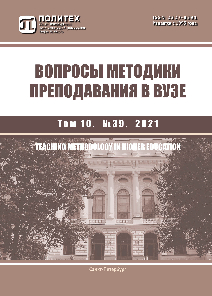Post-Editing Machine Translation as a New Activity for Teaching Translation at Universities
The article addresses the issues of employing machine translation in the professional process combined with subsequent post-editing (often referred to in English as PEMT, postedited machine translation or MTPE, machine translation post-editing), as it is used in today’s translation and localisation industry. Whereas machine translation has already firmly established itself in the sphere of professional translation, in the recent years post-editing has not only become a popular service with customers who have adopted machine translation, but also a new line of activity for translators requiring certain knowledge and skillset, very different from traditional ones. It is for this reason that translators, ready to perform post-editing, began to be called post-editors. The article analyses the main requirements for both the post-editing process and the post-editor position. Based on the analysis of various materials (both Russian and foreign), as well as conducted surveys, conclusions have been drawn on the development of post-editing and its prospects. There is already quite a large number of language service providers that either openly acknowledge the use of machine translation and the provision of post-editing services, or plan to start doing it in the very near future. Freelance translators are also gradually involved in the process, although they do not recognise it so openly.All this gives the authors an opportunity to call urgent the need to familiarise future translators with the peculiarities of this process, and expand their prospects by acquiring new knowledge and skills that are quite in demand at present, that is, to recommend including the study of the machine translation postediting process in the university curricula.



